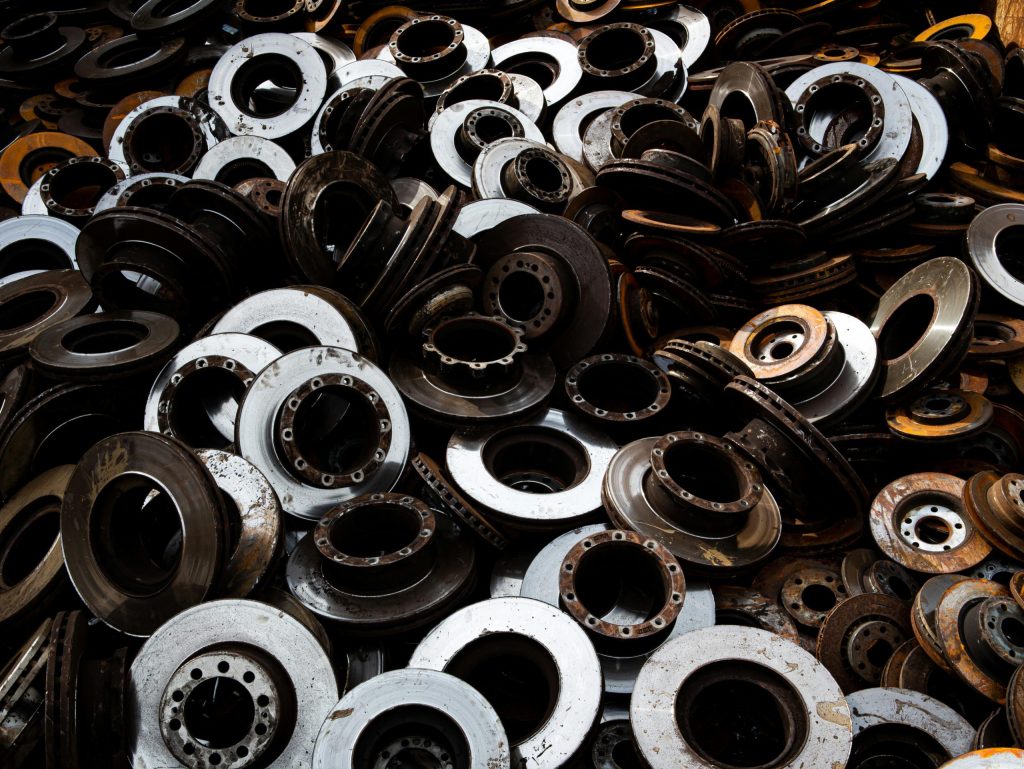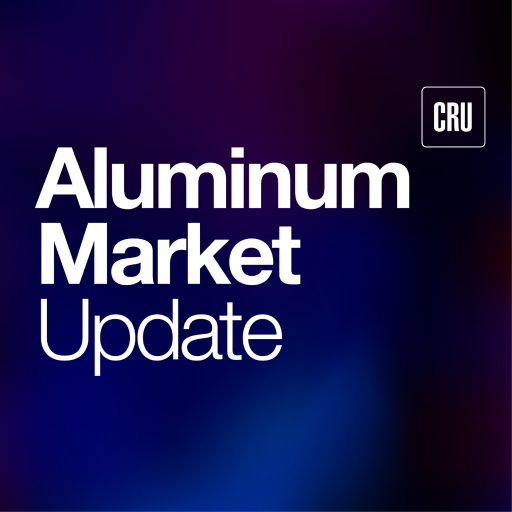Global Trade

October 16, 2025
Linamar to acquire Aludyne's North American casting assets
Written by Nicholas Bell
Linamar Corp. reached an agreement to purchase Aludyne’s North American casting and machining assets for $300 million.
The transaction, expected to close within 30 days, pending regulatory approval, will transfer most of Aludyne’s domestic precision-casting and machining network to Linamar’s Structures Group under its Mobility segment.
The sale excludes Aludyne’s operations in Europe and Asia, which will continue under the Michigan-based company’s ownership.
The divestiture covers “select assets” of Aludyne’s North American precision-casting and machining operations, which marks a deeper move by the Canadian auto parts supplier into aluminum casting and melt capacity inside the U.S.
Scope of the transaction
Neither company detailed site-by-site terms. Aludyne and Linamar did not respond to requests for comment regarding plants included in the purchase and site-level capacity figures.
The assets likely encompass the former Shiloh Industries CastLight division, which Aludyne acquired in 2021 and comprises the company’s best-known aluminum casting operations.
Given that those facilities were purchased as a group and operate as a cohesive aluminum die-casting network, it would be unusual if they were excluded or selectively carved out in favor of Aludyne’s older one-off legacy acquisitions.
Those plants – Auburn and Pierceton (Indiana), Pleasant Prairie (Wisconsin), Clarksville (Tennessee), and Alma (Michigan) – specialize in secondary aluminum alloy die-casting and precision machining for chassis and structural applications.
These facilities would give Linamar something its North American network largely lacks: on-site melt furnaces and die-casting lines producing finished chassis parts rather than machined components from imported feedstock.
Each of those facilities is a self-contained aluminum-casting and machining plant supplying products such as steering knuckles, control arms, and structural nodes for automakers.
The deal effectively converts Linamar from a Tier-1 supplier known mainly for machining and assembly into one that controls significant secondary aluminum melt capacity inside the U.S. tariff wall.
EPA filings indicate several of the former CastLight facilities consume most of their aluminum scrap internally, however, the same filings show some of the plants generate copper and magnesium scrap through external channels.
Linamar’s domestic footprint
Linamar’s existing North American casting capability is limited to two facilities with on-site melting operations.
The first is GF Linamar in Miss River, North Carolina, a joint venture with Georg Fischer that performs high-pressure die casting and machining of aluminum and magnesium structural components. The joint venture was created a couple of years ago, but the company also announced the acquisition of one of Georg Fischer’s German casting facilities two days before the announcement of the Aludynes acquisitions.
The second was intended to be the Welland, Ontario, plant, which would’ve housed large-format, “giga-casting” presses for aluminum body and battery-enclosure parts.
That said, real estate firm Cushman & Wakefield’s Waterloo Region office has listed the Welland property for sale, describing it as “new construction.” The listing effectively confirms long-circulating industry rumors that Linamar was walking away from the plant before production began.
Beyond CastLight
Industry records point to several additional melt-and-pour sites that fit the “selected assets” description and could accompany the CastLight cluster.
These include Aludyne’s Stevensville, Michigan, foundry (formerly owned by Intermet Corp.); Montague, Michigan, (formerly owned by Diversified Machine Inc.); Benton Harbor, Michigan; and an iron-casting plant in Columbus, Georgia.
If those are included, Linamar gains not only-die-casting but also pressure and counter-pressure aluminum processes, plus an iron casting facility – mirroring its recent acquisition of the German facility in Leipzig mentioned earlier.
Their combined output covers the chassis and suspension categories that have defined Aludyne’s business since its Chassix re-branding: control arms, subframes, brackets, and axle housings.
Comparison to American Axle & Manufacturing (AAM)/Dowlais Group merger
The move invites comparison with the AAM-Dowlais Group merger proposed and voted on earlier this year.
Before the merger, AAM, Dowlais Group, and Linamar occupied adjacent rungs in the North American auto-supplier hierarchy – eighth, ninth, tenth, respectively by 2024 revenue, according to AAM’s March 2025 investor presentation.
Both transactions reflect broader consolidation of metal-forming capacity among Tier-1 suppliers, but the materials logic differs a little.
AAM’s merger with Dowlais Group combined AAM’s heavy forging and driveline machining base with GKN Automotive’s warm- and hot-forging operations and GKN Powder Metallurgy’s atomized-metal and sintering network.
That integration expanded AAM’s reach across forging and powder-metal systems but did not introduce large-scale molten-metal casting.
In other words, AAM-Dowlais consolidated along the forging-to-machining continuum.
Linamar’s acquisition of Aludyne’s assets, by contrast moves in the opposite direction. Rather than tightening a forging base, it extends into melting and die-casting, where molten secondary aluminum is poured, cooled, and machined.
But the divergence between the two strategies is broader than metallurgy.
The AAM-Dowlais merger was built around regional diversification and customer dispersion.
AAM brought a heavily North American manufacturing footprint, concentrated among the Big Three domestic automakers, while Dowlais contributed European and Asian exposure through GKN Automotive and GKN Powder Metallurgy, along with a wider global customer mix that includes Toyota, Volkswagen, Renault-Nissan, and several Chinese EV manufacturers.
The result was a merger designed to spread operational and customer risk across continents, rather than deepen in any one geography.
The Linamar-Aludyne transaction heads in the other direction.
Instead of balancing exposure, Linamar is doubling down on North America, consolidating foundry capacity inside the U.S. to build a network that can operate within the current tariff regime (as well as outside out of it) and meet USMCA “melt-and-pour” thresholds.
For Aludyne, the same transaction accomplishes the inverse: it effectively sheds its U.S. casting portfolio, much of which had been assembled gradually through acquisitions, such as Shiloh’s CastLight division, and concentrates the company’s footprint further in Europe and Asia.
The magnitude of that divestiture remains to be seen. If the sale includes only the former CastLight sites, it would account for roughly 40% of Aludyne’s North American facilities, excluding the headquarters and validation center. If the transaction also covers its legacy aluminum and iron castings foundries, the proportion rises to around 70% of its regional assets, leaving the company’s European and Asian operations as the clear majority of its production base.







